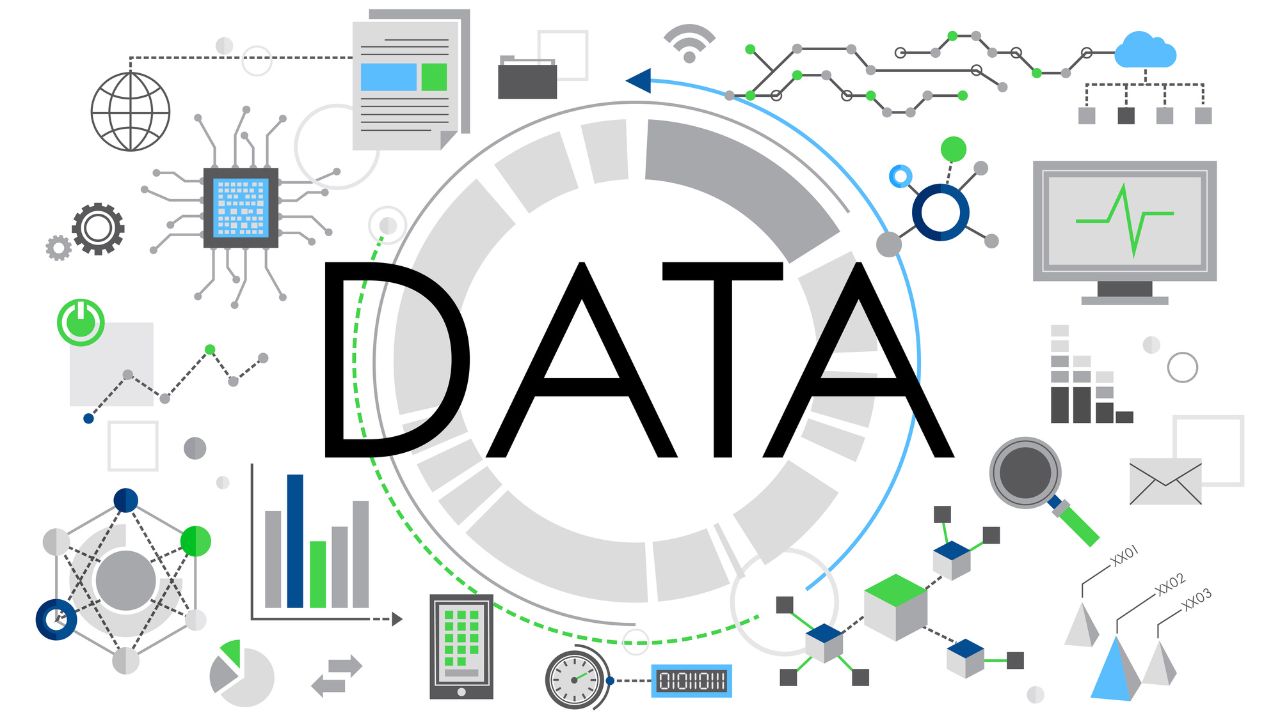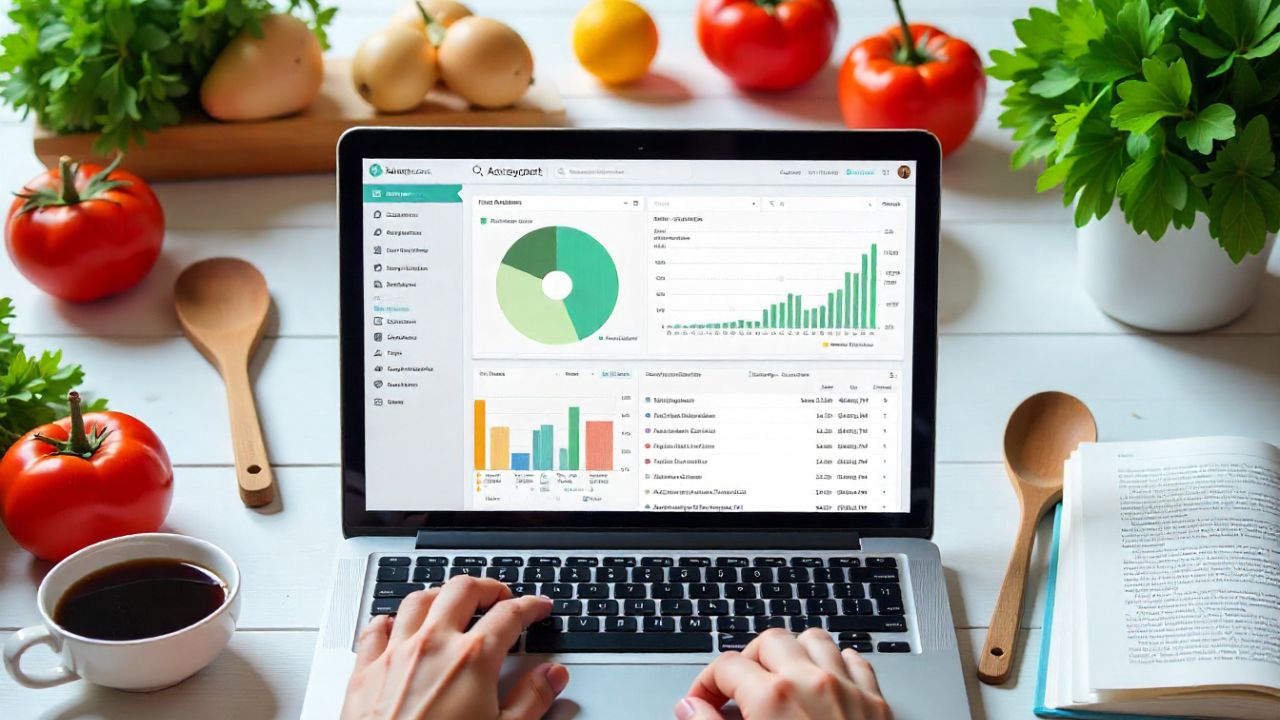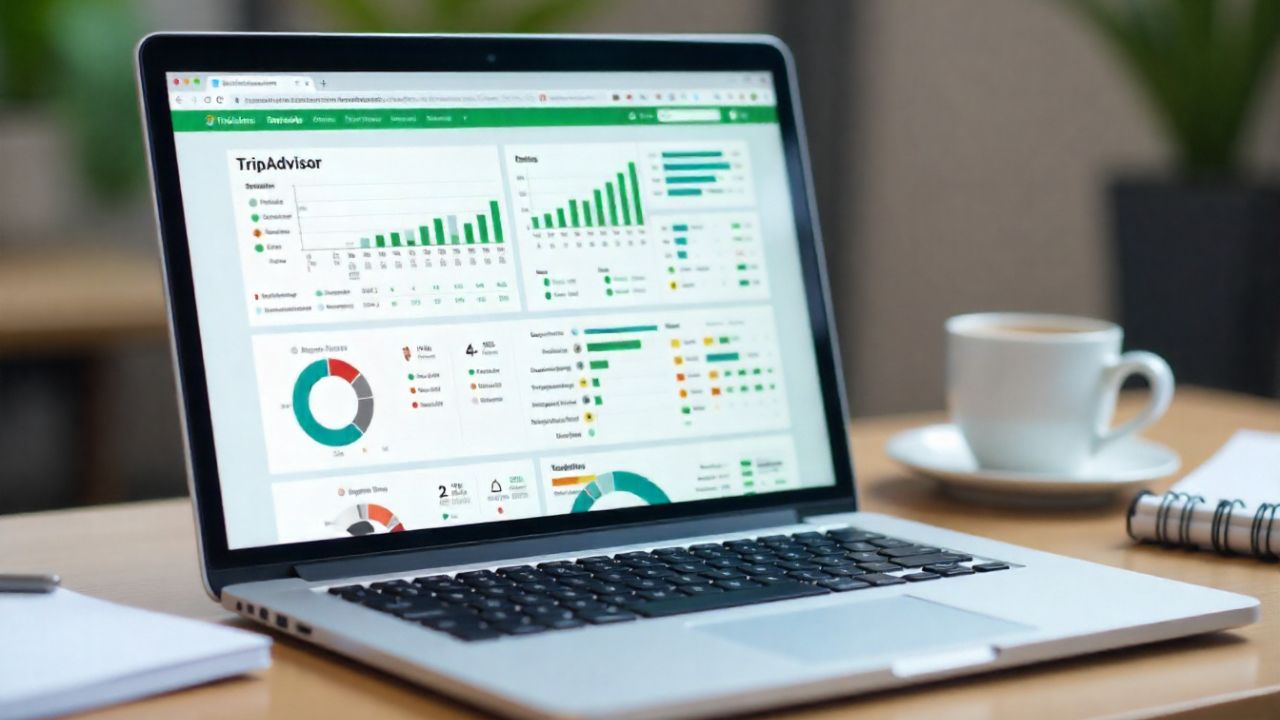Home < Blog < How Datasets Are Used to Forecast Fashion Trends and Understand Customer Preferences
How Datasets Are Used to Forecast Fashion Trends and Understand Customer Preferences
Posted on: August 13, 2024
The fashion industry is a dynamic landscape where trends evolve rapidly, influenced by cultural shifts, technological advancements, and changing consumer preferences. In this fast-paced environment, staying ahead of trends is crucial for fashion brands seeking to maintain relevance and appeal. This is where fashion datasets come into play, offering valuable insights that enable brands to forecast trends and understand customer preferences with unprecedented accuracy.
The Role of Fashion Datasets in Trend Forecasting
Fashion datasets have become essential tools for brands aiming to predict the next big trend. These datasets compile vast amounts of data, including images, purchase histories, social media interactions, and even global search trends. By analyzing this data, brands can identify emerging patterns and anticipate future trends.
One such dataset is the fashion trend dataset, which aggregates data from various sources to provide a comprehensive view of what is currently trending and what might gain popularity in the future. This dataset includes information on color preferences, fabric choices, popular silhouettes, and even regional variations in fashion tastes. By leveraging this data, fashion designers and marketers can make informed decisions about upcoming collections, ensuring that their products align with consumer demands.
Understanding Customer Preferences Through Fashion Datasets
Beyond predicting trends, fashion datasets are instrumental in understanding customer preferences on a deeper level. Modern consumers expect personalized shopping experiences, and data-driven insights allow brands to cater to these expectations effectively.
The fashion product image dataset is a prime example of how data can be used to analyze customer preferences. This dataset includes thousands of images of fashion products, along with metadata such as product descriptions, colors, and styles. By applying machine learning algorithms to this dataset, brands can identify which features resonate most with their target audience. For instance, if a particular color or style consistently outperforms others, brands can adjust their inventory and marketing strategies accordingly.
Additionally, fashion datasets can be used to segment customers based on their preferences, enabling brands to create targeted marketing campaigns. For example, a brand might discover through data analysis that a specific demographic prefers sustainable fashion. Armed with this knowledge, the brand can tailor its messaging and product offerings to appeal to that audience, ultimately driving sales and customer loyalty.
Case Studies: Brands Leveraging Fashion Datasets
Several fashion brands have successfully harnessed the power of datasets to stay ahead of the curve. For instance, a global fashion retailer used a Fashion Trend Dataset to predict the resurgence of 90s-inspired fashion. By analyzing data on search trends, social media mentions, and purchase patterns, the brand identified the growing interest in vintage styles and launched a collection that resonated with this trend, resulting in a significant sales boost.
Another example is a luxury fashion brand that utilized the Fashion Product Images Dataset to enhance its personalization efforts. By analyzing customer interactions with its online store, the brand identified key preferences and used this data to recommend products that matched individual tastes. This personalized approach not only increased conversion rates but also improved customer satisfaction and retention.
The Future of Fashion with Data
As technology continues to evolve, the role of datasets in the fashion industry will only become more prominent. Advances in artificial intelligence and machine learning will enable even more precise trend forecasting and customer preference analysis. For example, future fashion datasets might incorporate real-time data from wearable technology, providing insights into how consumers actually use and wear their clothing.
Moreover, the integration of augmented reality (AR) and virtual reality (VR) with fashion datasets could revolutionize the way consumers shop. Imagine being able to virtually try on clothing based on data-driven recommendations, all from the comfort of your home. This level of personalization and convenience will likely become a standard expectation in the near future.
Conclusion
In today's fast-moving fashion industry, the ability to forecast trends and understand customer preferences is more critical than ever. Fashion datasets, such as the Fashion Trend Dataset and Fashion Product Images Dataset, provide brands with the insights needed to make informed decisions, create personalized experiences, and ultimately stay ahead of the competition. As these datasets continue to evolve and integrate with emerging technologies, they will undoubtedly shape the future of fashion, making it more responsive, inclusive, and innovative. Brands that embrace this data-driven approach will be well-positioned to lead in the ever-changing world of fashion.
Latest Posts
Find a right dataset that you are looking for from crawl feeds store.
Submit data request if not able to find right dataset.
Custom request




